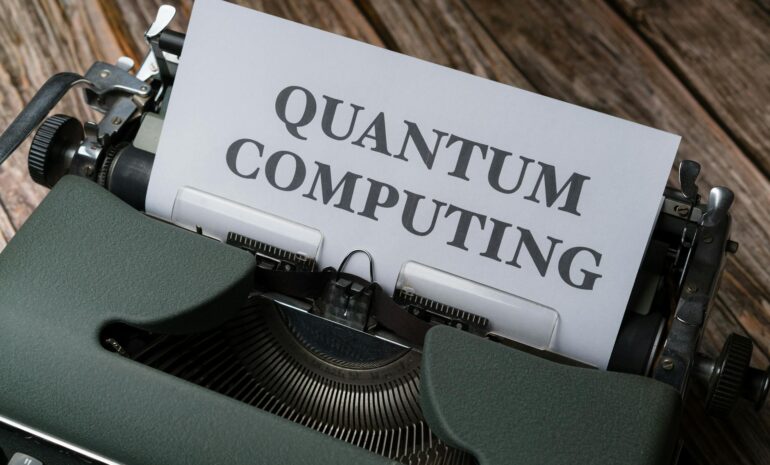The advent of 5G technology marks a pivotal moment in the evolution of the Internet of Things (IoT). As we transition into an era of unprecedented connectivity, the synergy between 5G and IoT is set to unlock transformative potentials across various industries. This comprehensive exploration delves into how 5G will revolutionize IoT, driving innovation, enhancing efficiency, and fostering new opportunities.
Enhanced Connectivity and Speed
One of the most significant advancements that 5G brings to the table is its unparalleled connectivity and speed. With data transfer rates soaring up to 100 times faster than its predecessor, 5G enables real-time communication and instant data processing. This leap in speed ensures that IoT devices can operate seamlessly, facilitating applications that require rapid data exchange, such as autonomous vehicles, smart grids, and industrial automation.
Low Latency for Real-Time Applications
Latency, the delay before a transfer of data begins following an instruction, is drastically reduced with 5G. Achieving latency as low as 1 millisecond, 5G is ideal for real-time applications that demand instantaneous responses. In the context of IoT, this means enhanced performance for remote surgery, augmented reality (AR), and virtual reality (VR) experiences. The minimal delay ensures that devices can interact more fluidly, enhancing user experiences and operational efficiency.
Massive Device Connectivity
The Internet of Things thrives on the ability to connect a vast number of devices. 5G significantly increases the device density, supporting up to 1 million devices per square kilometer. This capability is crucial for the deployment of smart cities, where millions of sensors and devices need to communicate reliably. From environmental monitoring to public safety, 5G facilitates a dense network of interconnected devices, enabling comprehensive and efficient management of urban infrastructure.
Improved Reliability and Stability
Reliability is a cornerstone for the success of IoT implementations. 5G offers enhanced network reliability and stability, ensuring consistent performance even in densely populated areas or during peak usage times. This reliability is essential for critical applications such as healthcare monitoring systems, industrial control systems, and emergency response networks, where downtime or disruptions can have significant consequences.
Energy Efficiency and Sustainability
5G technology is designed with energy efficiency in mind, which is vital for the sustainability of IoT ecosystems. By optimizing power consumption, 5G extends the battery life of IoT devices, reducing the need for frequent recharging or replacements. Additionally, the improved efficiency contributes to lower overall energy usage, aligning with global sustainability goals and reducing the environmental footprint of expanding IoT networks.
Edge Computing Integration
The integration of edge computing with 5G enhances the capabilities of IoT devices by processing data closer to the source. This decentralization reduces the reliance on centralized data centers, lowering latency and improving response times. Edge computing enables more intelligent and autonomous IoT systems, capable of making real-time decisions without the need for constant cloud connectivity. This synergy is particularly beneficial for applications in manufacturing, transportation, and smart agriculture.
Security Enhancements
With the proliferation of connected devices, security becomes paramount. 5G introduces advanced security protocols and encryption standards that bolster the protection of IoT networks against cyber threats. Enhanced security measures ensure the integrity and confidentiality of data, safeguarding sensitive information across various sectors, including finance, healthcare, and public services. This robust security framework fosters trust and reliability in IoT deployments.
Enabling Advanced Applications
The capabilities of 5G unlock a plethora of advanced applications that were previously unattainable with earlier network technologies. From smart homes equipped with interconnected appliances to wearable health devices that provide continuous monitoring, 5G facilitates the development and implementation of innovative IoT solutions. Furthermore, industries such as logistics, energy, and entertainment stand to benefit immensely from the enhanced functionalities enabled by 5G.
Economic Implications and Market Growth
The convergence of 5G and IoT is poised to drive substantial economic growth and market expansion. As businesses adopt 5G-enabled IoT solutions, they can achieve greater operational efficiencies, reduce costs, and create new revenue streams. The global market for IoT is expected to experience significant growth, with 5G acting as a catalyst for innovation and investment. This growth not only benefits enterprises but also contributes to job creation and technological advancements on a broader scale.
Future Prospects and Innovations
Looking ahead, the interplay between 5G and IoT will continue to evolve, fostering groundbreaking innovations and technological advancements. Emerging trends such as machine learning, artificial intelligence (AI), and blockchain will further enhance the capabilities of IoT devices, enabling more sophisticated and intelligent systems. The ongoing development of 5G infrastructure and the expansion of global coverage will ensure that the benefits of this technological revolution are accessible worldwide, bridging the digital divide and promoting inclusive growth.
Conclusion
In conclusion, 5G technology is set to revolutionize the Internet of Things by providing enhanced connectivity, reduced latency, increased device density, improved reliability, and robust security measures. These advancements will drive the development of innovative applications, foster economic growth, and pave the way for a more connected and intelligent world. As we embrace the potential of 5G, the future of IoT looks promising, with limitless possibilities waiting to be realized.
